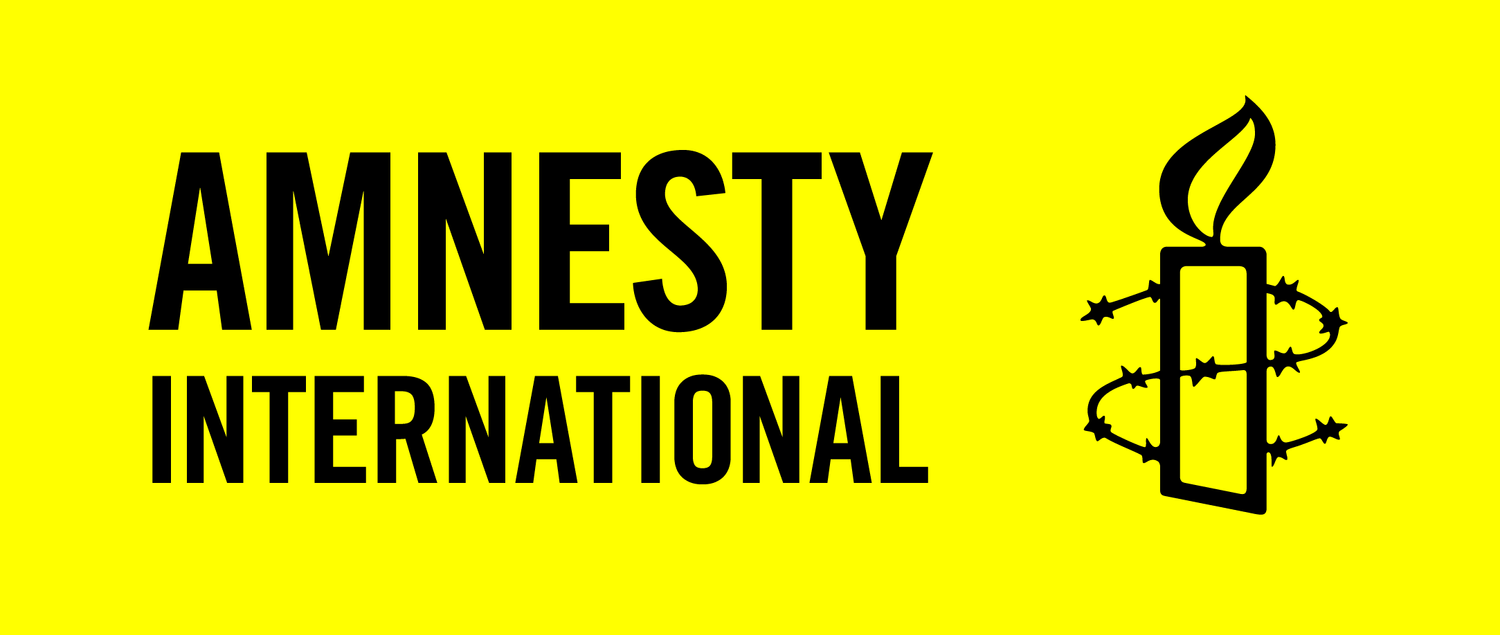Despite efforts to manage and plan leadership change within the movement, this is not always feasible for a range of reasons. Sometimes, a Board member or an entity Director might decide to leave the organisation before their tenure expires. Other times, our leadership might leave due to illness, unforeseen circumstances, or be involved in a conflict which results in a leadership crisis. Moreover, given the nature of our work, our leaders might be put into a dangerous situation due to a national or external pressure (e.g.: police/state threats, etc.), and the entity might need to close. However, our leaders might also leave the organisation as they retire from a long-serving and rewarding leadership experience to achieve human rights change.
The important thing to remember at these times, is that it is still both necessary, and possible in all of these situations, to be prepared to deliver some form of managed exit. A managed exit does not have to be a complicated or difficult process. An AI entity should be able to ensure a process or checklist by taking into consideration the best way to capture leadership change and learn from it. The module Managed Exit presents a few tools and guidelines to design and manage a process of leadership change.
The Resources tab in this article offer guidelines developed by Amnesty International as well as practical tools to think through managing leadership change.
However, through the Movement Building Programme, your Regional Capacity Building Coordinator can also provide support on:
Advising on managed exit processes, good practice and Amnesty guidelines.
Advising on different ways to capture feedback of the exiting entity Director or leaving Board member.
Connecting you to other entities who may be able to provide advice or support.
Reviewing and advising on key documents.
See Resources for tools about Managing Leadership Change.








